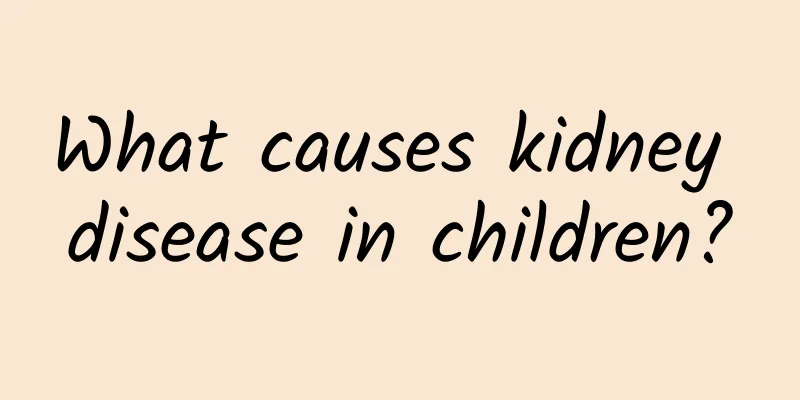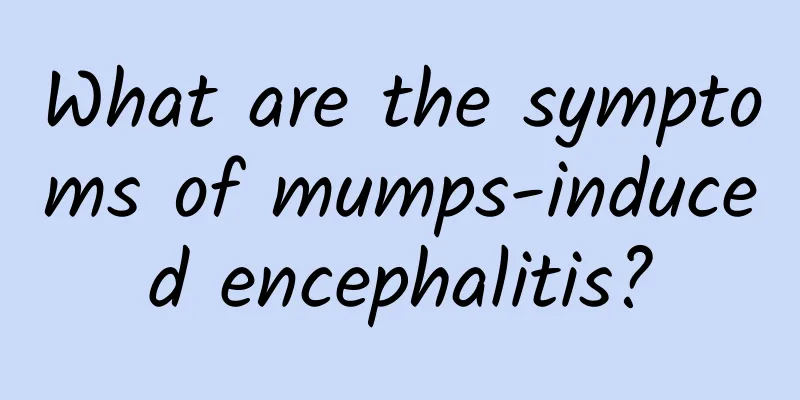Ways to reduce the risk of jaundice

|
The way to reduce the occurrence of jaundice starts with prevention. In life, we all know that jaundice is a disease that many newborns may suffer from. In particular, this disease may recur and bring a great impact to the child. Therefore, if neonatal jaundice occurs, it should be taken seriously and treated actively. Let's take a look at the prevention and treatment measures for neonatal jaundice. How to prevent neonatal jaundice 1. Fetal jaundice is often caused by the pregnant mother being invaded by damp heat, which affects the fetus, resulting in fetal jaundice after birth. Therefore, during pregnancy, the pregnant mother should pay attention to food hygiene, eat and drink in moderation, not eat raw or cold food, not be too hungry or too full, and avoid alcohol and spicy and hot foods to prevent damage to the spleen and stomach. 2. Women with a history of hepatitis or pathological jaundice For infants, it is advisable to measure blood antibodies and their dynamic changes before delivery, and take corresponding preventive medication measures. During delivery, the baby should be closely monitored, and the baby should also be closely monitored after delivery, and timely treatment should be given if symptoms occur.3. If the couple's blood types are incompatible (especially if the mother's blood type is O and the father's blood type is A, B or AB), or if the mother's RH blood type is negative, they should undergo regular serological and amniotic fluid tests and deliver the baby under close supervision to prevent the occurrence of neonatal hemolytic disease. 4. After the baby is born, the scleral jaundice should be closely observed to promptly understand the onset and disappearance time of jaundice. If jaundice is found, it should be treated as soon as possible, and the color changes of jaundice should be observed to understand the progress of jaundice. 5. Keep the newborn warm and start feeding early. What is the best way to treat neonatal jaundice? 1. Light therapy It is a simple and effective method to reduce serum unconjugated bilirubin. The newborn is placed in a phototherapy box, with both eyes protected with black eye masks to avoid damaging the retina, the perineum and anus covered with diapers, and the rest of the body exposed. Irradiate with single-sided or double-sided light for 2 to 48 hours (generally no more than 4 days), and stop treatment when bilirubin drops below 7 mg/dL. 2. Exchange blood therapy Blood transfusion can effectively reduce bilirubin, replace sensitized red blood cells and alleviate anemia. However, blood transfusion requires certain conditions and may also produce some adverse reactions, so the indications should be strictly followed. 3. Drug treatment Supply albumin, correct metabolic acidosis, liver enzyme inducers (such as phenobarbital), and use intravenous immune globulin. We should all be clear about the prevention and treatment of neonatal jaundice. Knowing the symptoms of neonatal jaundice will enable us to detect the disease in time. Knowing how to treat neonatal jaundice will enable us to receive correct treatment after contracting the disease. |
<<: Will jaundice come back after it subsides?
Recommend
What porridge can cure children's cough quickly?
When children have a cough, they can choose pear ...
How to treat a child's persistent cough?
It is a common phenomenon that children have a pe...
Is Jingling Oral Liquid Useful for Children with ADHD?
Drinking Jingling Oral Liquid may help children w...
What are the hazards of icteric hepatitis to patients?
What are the hazards of icteric hepatitis to pati...
How many days does it usually take for hand, foot and mouth disease to heal? Can hand, foot and mouth disease be contagious to adults?
How many days does it usually take for hand, foot...
Side effects of ADHD medications in children
The side effects of ADHD medication in children c...
What should I do if my seven-month-old baby has a cough and phlegm? What are the treatments for a seven-month-old baby with a cough and phlegm?
If a seven-month-old child has a cough and sputum...
What to do if your child coughs and has phlegm
Every time when the seasons change, we often hear...
How much does it cost to treat acute laryngitis in children?
Acute laryngitis in children is a common disease....
Diet for children with diarrhea syndrome
Although there are many ways to treat diarrhea in...
What are the differences between childhood epilepsy and childhood febrile convulsions?
In current medicine, I believe many people will f...
What are the causes of children's cough? What are the causes of children's cough?
Cough is a symptom of respiratory diseases, among...
Is there a cure for phenylketonuria?
Is there a cure for phenylketonuria? This is a qu...
What is ald
ALD, or adrenoleukodystrophy, is a rare genetic d...
What are the dangers of diarrhea in children?
Diarrhea in babies can cause dehydration in the b...









